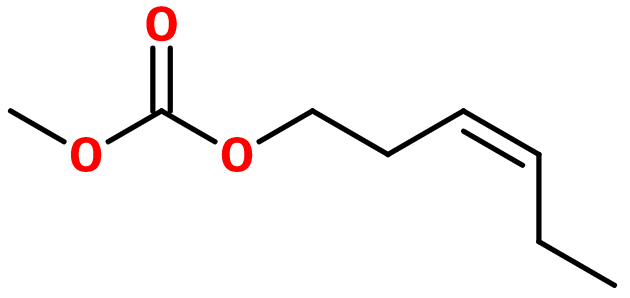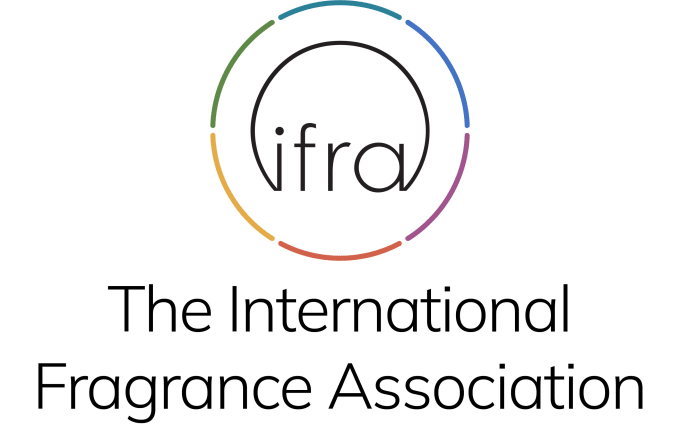
Photo credits: ScenTree SAS
Liffarome®
Methyl cis-3-hexenyl carbonate ; Methyl cis-3-hexenyl methanoate ; Greenarome ; Methyl cis-3-hexenyl formate ; Laniffarome ; Leafovert ; Muguet carbonate ; Vertelione ; Vertocarb ; Cis-3-hexenyl methyl carbonate ; Cis-3-hexenyl methyl methanoate ; Cis-3-hexenyl methyl formate

Photo credits: ScenTree SAS
| Company | Ingredient Name | ID | Comments | Naturality | Certifications | Purity | Latin name | Treated part | Geographical origin | MOQ |
|---|---|---|---|---|---|---|---|---|---|---|
|
|
Liffarome - 30 Gr | - |
Visit website
|
- | - | - | - | - | - |
General Presentation
-
CAS N° : 67633-96-9
-
EINECS number : 266-797-4
-
FEMA number : Donnée indisponible.
-
FLAVIS number : 09.838
-
JECFA number : Donnée indisponible.
-
Appearance : Colorless liquid
-
Density : 0,97
-
Volatility : Head/Heart
-
Price Range : €€€
Physico-chemical properties
-
Molecular formula : C8H14O3
-
Molecular Weight : 158,2 g/mol
-
Log P : 2,5
-
Fusion Point : Donnée indisponible.
-
Boiling Point : 193°C
-
Detection Threshold : Donnée indisponible.
-
Optical rotation : Donnée indisponible
-
Vapor pressure : Donnée indisponible
-
Refractive Index @20°C : Donnée indisponible
-
Acid Value : Donnée indisponible.
-
Flash Point : 77°C
Uses
Uses in perfumery :
Liffarome® can be used in floral, fruity, violet leaf and mimosa notes, to bring natural and earthy effects from the head note of the perfume.
Year of discovery :
Data not available.
Natural availability :
Liffarome® is not extracted from any plant as it is not found in nature.
Isomerism :
Trans-3-Hexenyl methyl carbonate is a diastereoisomer of Liffarome®, but it is not used in perfumery.
Synthesis precursor :
Liffarome® is not a precursor for the synthesis of another compound used in perfumes.
Synthesis route :
Liffarome® synthesis can be carried out in two steps. The first one is an esterification reaction between phosgene and methanol, leading to methyl chlorocarbonate. Conditions for this reaction have to be careful because of the reactivity of phosgene, not to form dimethyl carbonate. Afterwards, a second esterification reaction can be carried out by reacting the intermediary product with Cis-3-Hexenol. No catalysis is needed for these reactions, because phosgene and methyl chlorocarbonate are both very reactive.
Regulations & IFRA
Allergens :
This ingredient does not contain any allergen.
IFRA 51th :
This ingredient is restricted by the 51th amendment
- Quantitative limit on the use :
-
Cat.1 Cat.2 Cat.3 Cat.4 Cat.5A B C DCat.6 0,10 % 0,030 % 0,60 % 0,56 % 0,14 % 0,14 % 0,14 % 0,047 %0,33 % Cat.5A B C DCat.6 0,14 % 0,14 % 0,14 % 0,047 %0,33 % Cat.7A BCat.8 Cat.9 Cat.10A BCat.11A BCat.12 1,1 % 1,1 %0,047 % 1,1 % 3,9 % 3,9 %0,047 % 0,047 %No restriction Cat.10A BCat.11A BCat.12 3,9 % 3,9 %0,047 % 0,047 %No restriction


